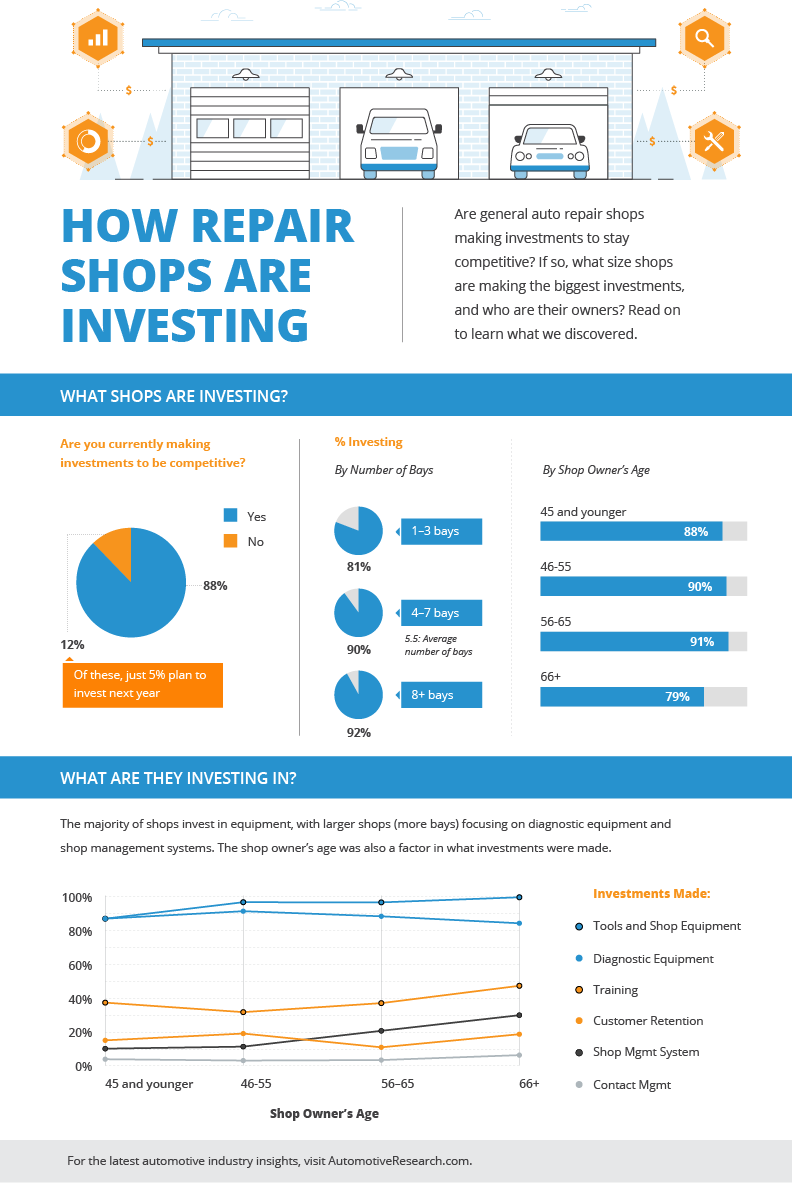A Newcomer'S Manual For Interpreting Your Auto'S Alert Lighting
A Newcomer'S Manual For Interpreting Your Auto'S Alert Lighting
Blog Article
Published By-Ditlevsen Eriksson
When you're behind the wheel, those little caution lights on your automobile's control panel can be rather bewildering. What do they mean, and should you be concerned? Comprehending more information is vital for your automobile's health, yet it does not have to be a difficult job. By deciphering the enigma behind each light, you'll be equipped to manage potential issues efficiently and keep your auto running smoothly. So, following time a warning light flashes, do not panic - arm on your own with knowledge and take control of the situation.
Relevance of Cars And Truck Warning Lights
Recognizing the significance of your cars and truck's caution lights is important for preserving your vehicle's health and wellness. These lights work as your vehicle's communication system, alerting you to potential issues that could threaten your safety on the road or cause pricey repairs if neglected. By taking notice of these cautions, you can resolve problems early and avoid additional damages to your vehicle.
Overlooking alerting lights can result in major repercussions, such as engine failure, brake malfunctions, and even mishaps. These lights are developed to notify you of issues varying from low tire pressure to engine breakdowns, offering you the chance to do something about it before the circumstance worsens. Consistently checking and comprehending these cautions can conserve you time, money, and guarantee your safety while driving.
Along with keeping you secure, reacting without delay to cautioning lights can likewise assist prolong the life expectancy of your vehicle. By dealing with concerns beforehand, you can protect against little problems from rising into significant repairs, eventually saving you time and money in the future. Bear in mind, your car's warning lights are there for a reason - don't disregard them!
Common Warning Lighting and Meanings
When it pertains to driving your automobile, knowing typical caution lights and their definitions is necessary for your safety and car upkeep. Right here are a couple of common caution lights you may encounter:
1. ** Examine Engine Light **: This light indicates a problem with your engine. Maybe something minor like a loose gas cap or something more significant like engine misfiring.
2. ** Battery Light **: This light signals an issue with your vehicle's billing system. It could show a faulty battery, alternator, or other relevant elements.
3. ** Oil Pressure Light **: When this light begins, it means your engine might be running low on oil or experiencing low oil pressure, which can bring about engine damage otherwise addressed quickly.
4. ** Brake System Light **: This light shows a problem with your stopping system. It can suggest reduced brake fluid degrees or a problem with the brake system that requires instant interest.
Understanding these typical warning lights will certainly aid you determine potential issues at an early stage and protect against more considerable troubles in the future.
How to Respond to Warning Lighting
On the occasion that a warning light brightens on your car's dashboard, it's vital to respond promptly and suitably. When a caution light begins, the very first step is to consult your owner's guidebook to comprehend the specific problem indicated by the light.
Some lights call for instant interest, while others might show a less immediate issue. If the warning light is red or blinking, it's typically a sign of a significant trouble that needs prompt action. In such cases, it's recommended to pull over securely, switch off the engine, and look for professional help.
For yellow or orange warning lights, while they might not require immediate attention, it's still important to resolve the hidden issue immediately to stop additional damage. Regular maintenance and evaluation can assist prevent warning lights from coming on all of a sudden.
Verdict
Finally, understanding your auto's caution lights is vital for keeping your automobile's health and safety. By on a regular basis inspecting and responding to these cautions, you can attend to prospective problems early and prevent costly fixings or security risks. Remember to consult your owner's manual for information on different caution lights and constantly take immediate activity for red or blinking lights. Keep advanced auto repair and keep your auto running efficiently!
